WS 2024: Structural diversity in plants and fungi: from form to function
Palynology in practice
Are you interested in pollen? In collaboration we will find an appropriate project where you can investigate pollen morphology with light- and scanning electron microscopy and/or pollen ultrastructure using transmission electron microscopy. This would be followed by training in describing pollen and illustrating your results. Subjects might include particular extant plant genera, selected plant species, honey, pollen on/inside insects, or fossil material. Students considering palynology for their MSc thesis are especially welcome.
Supervisors: Fridgeir Grímsson & Silvia Ulrich

Evolutionary Dynamics of repetitive DNA in an allopolyploid monocot and its two parental taxa
The Prospero autumnale complex (Asparagaceae subfam. Scilloideae) is well-known for its chromosomal diversity, which is, however, not accompanied by morphological diversification. Several diploid cytotypes differing in base chromosome numbers (x = 5, 6 and 7) and genome sizes are known to hybridize, forming homoploid diploid hybrids and allopolyploids. The current project aims at a comparative analyses of the changes in the repeatome accompanying polyploidization involving two diploid cytotypes, B6B6 and B7B7, using dedicated bioinformatic analyses via RepeatExplorer. The data will be interpreted in a phylogenetic context and will provide novel insights into changes on the genomic level that accompany polyploid genome restructuring.
Supervisor: Hanna Schneeweiss
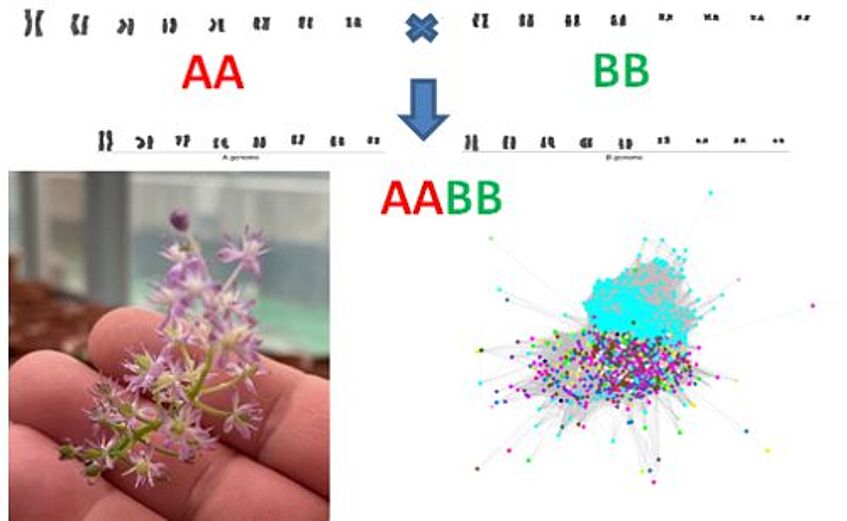
Genomic drivers of New Caledonian adaptive radiation of Diospyros (Ebeneaceae)
This project is embedded within a large project that investigates a plant radiation on New Caledonia, a biodiversity hotspot. The complex geological history of the archipelago resulted in a wide variety of substrates, including heavy-metal reach soils, which together with sharp climatic and altitudinal gradients defines a wide range of ecological niches. A long distance dispersal event brought a lineage of Diospyros (persimmons or kaki) to New Caledonia roughly 1 million generations ago, where it radiated into more than 30 species. Comprehensive analyses are ongoing around this adaptive radiation, including genomic, transcriptomic, physiological, ecological and morphometric investigations. The herein proposed project may include for example genomic inferences of historical changes in population size, investigations of gene flow, of genome dynamics, of gene expression, ecological analyses or a combination of these, depending on the interest of the student.
Supervisor: Ovidiu Paun
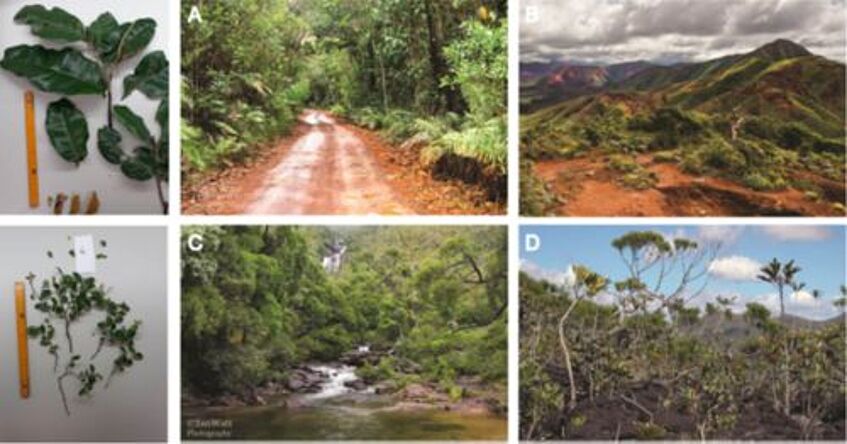
Host range, genetic and morphological variability of the Tinder Mushooms in East Austria
The Fomes fomentarius agg. has at least two taxonomic entities in Austria, but boundaries and host ranges are still unclear. You will study host range, host specificity, variability of discriminating morphological basidioma characters and do barcoding of the Fomes fomentarius alliance in East Austria. You will work with a 3-D-microscope for pore measurements, doing DNA lab work and phylogenetic analysis.
Supervisor: Irmgard Greilhuber & Hermann Voglmayr

Exploring the impact of data source and analysis on the phylogenetic reconstruction of pleurocarpus mosses
Approximately 165 million years ago, coincident with the evolution of flowering plants and the diversification of ferns, pleurocarpus mosses originated and rapidly diversified. Characterized by the placement of reproductive structures on short, lateral branches (rather than terminally on the main stem), pleurocarps are by far the most diverse lineage of mosses. However, due to the fact that their early diversification occurred extremely rapidly, confidently reconstructing the relationships among these mosses has been almost impossible. To address this recalcitrant evolutionary problem, we collected DNA sequence data for over 800 genes from over 300 species of pleurocarpus mosses. Reconstructing rapid adaptive radiations requires a very careful examination of data and this project aims to explore how different data types (e.g., DNA vs amino acid sequences), data filtering methods, and phylogenetic methods can impact phylogenetic reconstructions. Methods of assessing the strength and distribution of phylogenetic signal across hundreds of individual gene trees will be used to build a consensus phylogeny of pleurocarpous mosses that maps areas of high and low confidence. Students will gain a strong foundation in modern phylogenetic methods and contribute to a larger project that aims to better understand the evolutionary history of these diverse mosses.
Supervisor: Norman Wickett
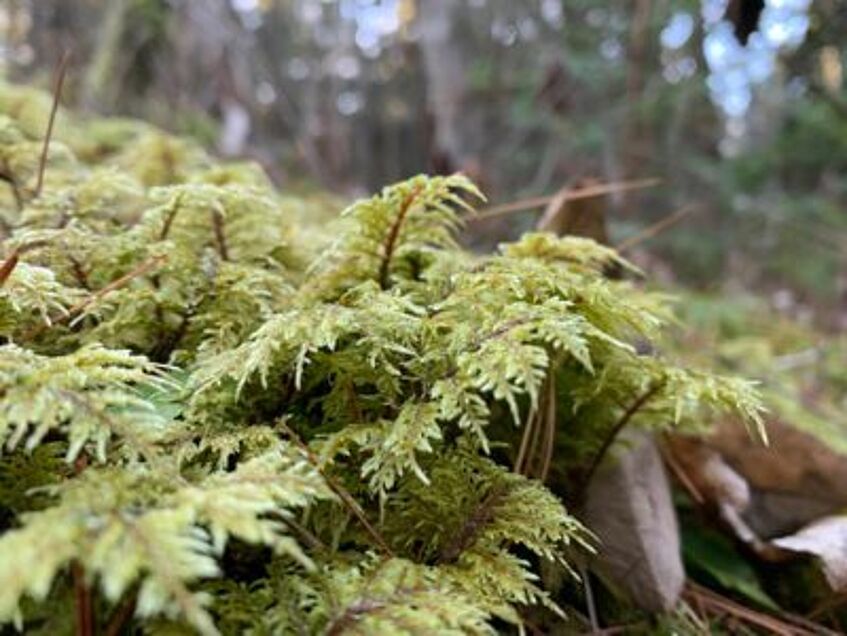
Phytochemical traits involved in herbivory and their implications for the evolution of tropical Rubiaceae
Plants have evolved a variety of functional metabolites to cope with herbivores and other biotic and abiotic stresses, but the diversity and biological significance of these traits remains largely unknown. This project aims to investigate previously unstudied species of tribe Palicoureeae within the coffee family (Rubiaceae). Samples of selected species from Costa Rica will be extracted, and alkaloids and other groups of functional plant metabolites will be analyzed and quantified by chromatographic methods, and their bioactivity evaluated in bioassays. The data obtained will contribute to a larger data set of morphological and physiological traits and help to understand their phylogenetic distribution and significance in the evolution of this megadiverse group.
Supervisor: Johann Schinnerl
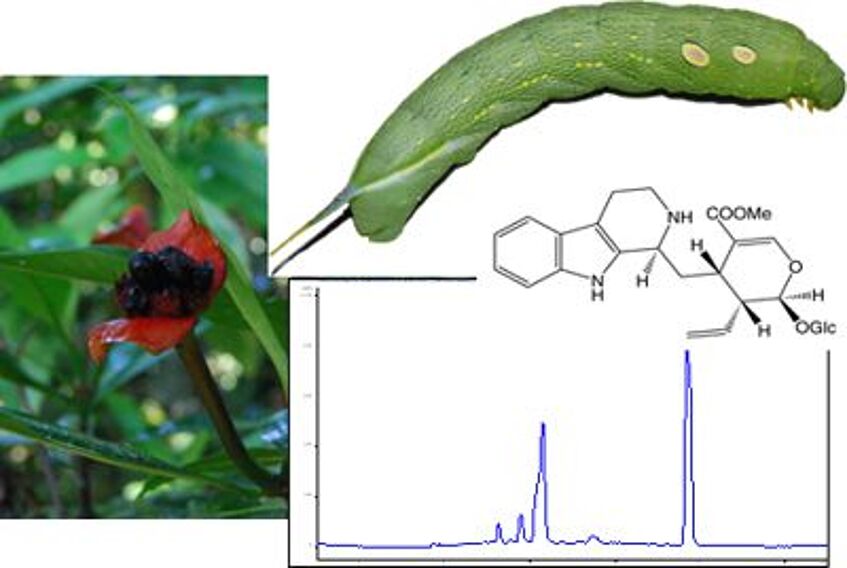
Three-dimensionally preserved fossil fruits from the Cretaceous of Southern Bohemia
The Cretaceous fossil record is crucial for our understanding of angiosperm diversification. Together with paleobotanists from Prague, we have recently collected Late Cretaceous sediments (ca. 90 million year old) from Southern Bohemia containing numerous charcoalified angiosperm fossils (mostly tiny fruits and seed). The goals of this specific research project will be (1) to extract fossils by sieving a sediment sample, (2) to sort and identify potentially interesting fossil fruits, and (3) to morphologically analyse and describe a small number of selected fossils. Methods will involve Scanning Electron Microscopy and High Resolution X-Ray Computed Tomography. The project has the potential to be extended into a master thesis.
Supervisors: Jürg Schönenberger & Maria von Balthazar
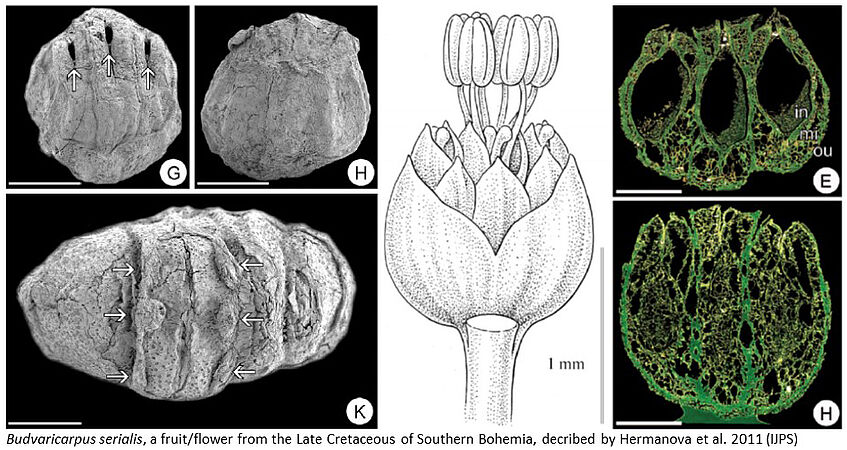
Environmental stress at the cellular level
Drought periods as a part of fluctuating environmental changes have forced plants to develop various adaptation strategies. On the cellular level, loss of water is causing mechanical strains to cells and tissues, as well as structural rearrangements. This research project is focused on osmotic stress of plant cells. We will test specific dyes to visualize the shape of cells with and without turgor. We compare the anatomy of leaves in seed plants (cross sections) or in different moss species. The applied methods include microscopy, cell biology, or microtome sections.
Supervisor: Ingeborg Lang
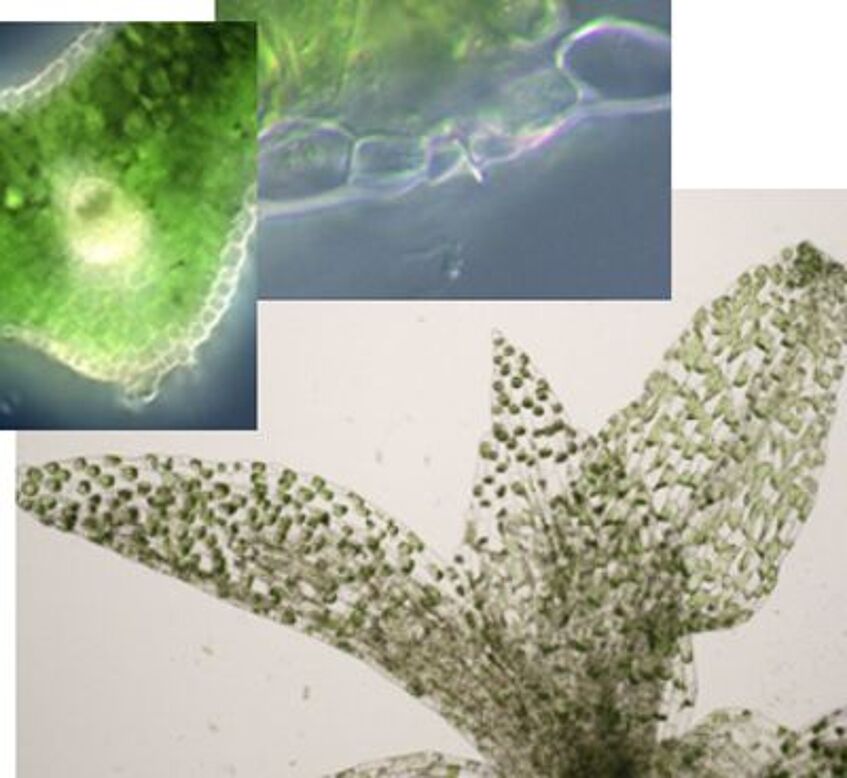
What about the genus Otidea in Austria?
In the course of this project ITS sequence data will be generated, thus contributing to the ABOL (Austrian Barcode of Life)-project. If necessary, other gene regions will be added resulting in a multigene analysis. Addressed questions inlclude: How many species of the genus Otidea are present in Austria? Are there cryptic entities? The source of material for study will be the fungarium of Vienna University. In addition to sequencing morphological studies using light and maybe also electron microscopy will be conducted.
Supervisors: Irmgard Greilhuber & Michael Barfuss

